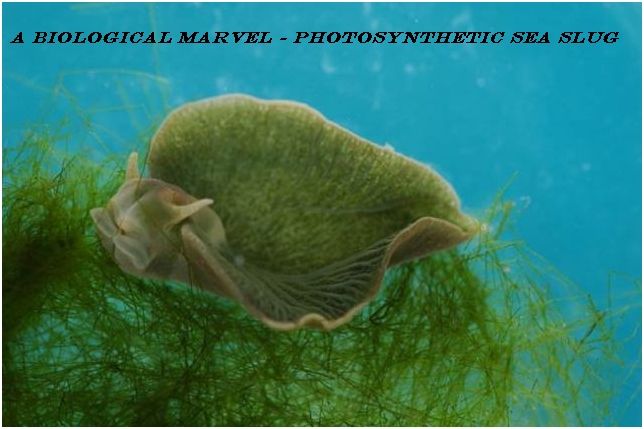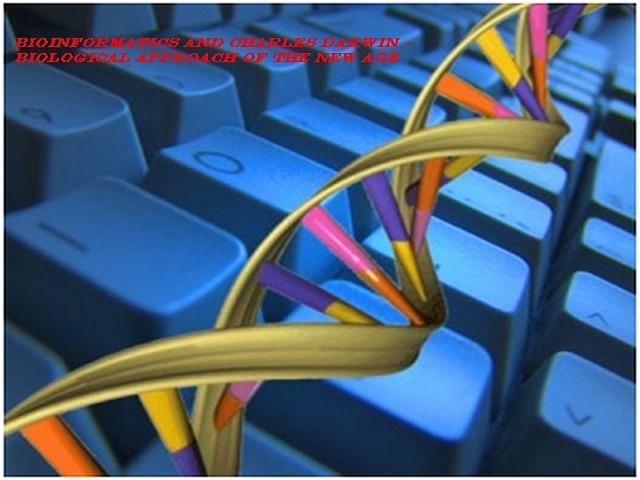A Biological Marvel Unleashed

A Biological Marvel – Photosynthetic Sea Slug
Note the bright green hue in the photograph.
This Sea Slug is a Biological Marvel — It is both an Animal and a Plant!!
“Elysia chlorotica can make energy containing molecules without having to eat anything.”
“This is the first time that multicellular animals have been able to produce chlorophyll“.
Elysia chlorotica is not an ordinary sea slug (a mollusc). Elysia chlorotica is a photosynthetic sea animal. Like plants, it is capable of converting sunlight into energy.
The photosynthetic ability of Elysia chlorotica is the result of incorporation of algal (Vaucheria litorea) chloroplasts (organelles found in plant cells in which photosynthesis occurs) and chlorophyll producing genes into its molluscan cells. Vaucheria litorea belongs to the yellow-green algae of the class Xanthophyceae.
These slugs initially got the chlorophyll producing genes from the algae that they had eaten. Present generations of slugs have received these genes from their parent generations, and they are passing them to their daughter generations.
Elysia chlorotica gets its chlorophyll-making genes through genetic inheritance, but still is unable to carry out photosynthesis until it consumes adequate quantity of algae so as to receive necessary chloroplasts, which it is unable to produce by itself.


